The forthcoming Assembly polls in Karnataka, Rajasthan, Madhya Pradesh and Chhattisgarh will decide if other parties would accept Rahul Gandhi’s leadership for a non-BJP alliance. These would also prepare the two major parties for contestations in UP, a tough battlefield, states Navodita, our Associate Editor, in the weekly column, exclusively for Different Truths.
As both parties are in full action ahead of 2019 polls, the eyes are now set on the Karnataka Assembly elections. The Congress government, in the wake of elections, decided to recommend to the Centre the grant of religious minority status to the Lingayat community on the basis of a report submitted by a panel of experts in Karnataka. The decision will cover two factions of the community- Lingayats and Veerashaiva Lingayats- that follows the teachings of the 12th-century saint Basavanna. The decision is expected to have a major bearing on the elections since Lingayats account for nearly 17 percent of the state’s population and form a major support base of the BJP.
The demand for the tag of a separate religion and minority status has been a long pending demand of the Lingayat community. The state government was also under pressure from leaders of the Veerashaiva 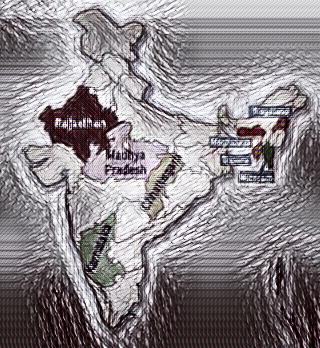 Lingayats who had warned against according minority status to Lingayats alone. If recognized as a minority religion, the Lingayats will be able to avail benefits under sections 25, 28, 29 and 30 of the Constitution. The BJP, however, has accused the Congress of attempting to divide the community for electoral gains, with BJP president Amit Shah calling the demand for a separate religion status a political game being played by the Congress.
Lingayats who had warned against according minority status to Lingayats alone. If recognized as a minority religion, the Lingayats will be able to avail benefits under sections 25, 28, 29 and 30 of the Constitution. The BJP, however, has accused the Congress of attempting to divide the community for electoral gains, with BJP president Amit Shah calling the demand for a separate religion status a political game being played by the Congress.
With recent efforts by the Congress President Rahul Gandhi, it is seen that the party is making yet another effort at standing tall on its own feet. On December 16, 2017, Rahul Gandhi was chosen as the undisputed president of the party. The biggest challenge before him is to work on making the Congress win an election – Karnataka being the closest such contest. Thereafter Rajasthan, Madhya Pradesh, and Chhattisgarh will be going to polls. Among these, the party needs a success story in at least two or three of these states. The main question is: what is the agenda for the party? From the kind of wars that go on, it seems personal attacks on the leadership of Modi and his policies will be their main method of battling it out. Moreover, Rahul made a statement recently that he agreed that there is a wall that exists between party leadership and party workers. He said that his first effort will be to break this wall between leadership and workers. He did not clearly mention which leadership did he point fingers to but it definitely was not implied at Sonia Gandhi’s leadership. He has, however, been trying to support new youth leaders not relying blindly on old leadership or sons and daughters of old Congress veterans.
Rahul Gandhi is also going to try his best to garner the support of a ‘united front’ along with other parties as a consolidated power against the ruling party. If Rahul’s leadership can make him and his party win any of the forthcoming assembly polls, other parties will agree to come together with him. In almost all speeches related to the Congress, leaders have targeted the BJP saying they have decimated all efforts towards development that were initiated by the Congress party under the UPA. Even the deteriorating law and order situation in Kashmir was attributed to Modi’s divisive politics. Yet another Congress leader Anand Sharma said that the Modi government is bent upon developing a PR-network with the foreign countries with the way he takes on such frequent trips to countries abroad. Even AAP joined hands in condemning the BJP and ‘faulty EVMs’. The Congress is asking for using ballot paper instead of the EVM for conducting elections. The Congress party even opposed the BJP’s demand of holding simultaneous elections at the Centre and in states. Clearly, their strategy is to oppose every move of the BJP and garner support for this from other leaders and parties as well.
Both parties should, however, not forget that there are other parties in the fray and may take advantage of this political enmity of sorts of the Congress and the BJP. The BJP may have a caste-balancing problem in the state: UP-watchers say non-Yadav OBCs are complaining that there is an ‘upper-caste dominance’ in the state’s administration. The BJP will, sooner or later, have to address that while making sure it keeps upper castes happy. SP and BSP will again bank on locally powerful non-Yadavs and non-Jatavs in a majority of seats. In the event of an alliance, some of these local chieftains will have to give up their candidature. What comes easy at such a time is looking for other sources of poll-time patronage. BJP will be waiting for this. Defections by some ground-level influencers of SP and BSP, their appearances as, say, third party candidates, is a real possibility. There’s also a possibility of what poll pundits call counter-polarisation- non-Yadav and non-Dalit Hindu voters come together to counter a Yadav-Dalit-Muslim vote. In UP’s ruthless poll politics, there are many ways – and means – to engender such counter-polarisation.
©Navodita Pande
Photos from the Internet
#AssemblyPolls #StatesGoingToPoll #IndianPolitics #BJPCongress #PoliticalAgenda #PoliticalPartiesOfIndia #DifferentTruths

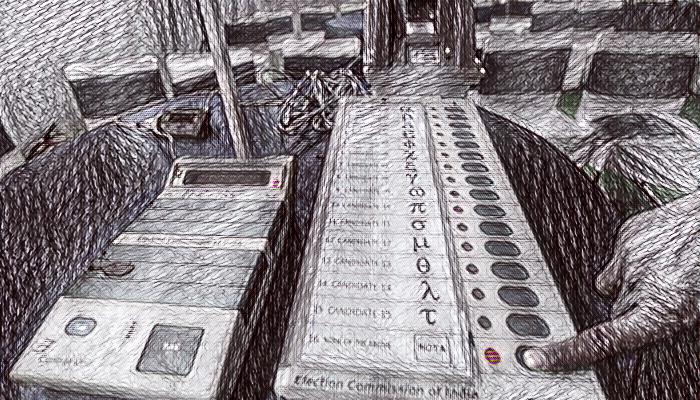
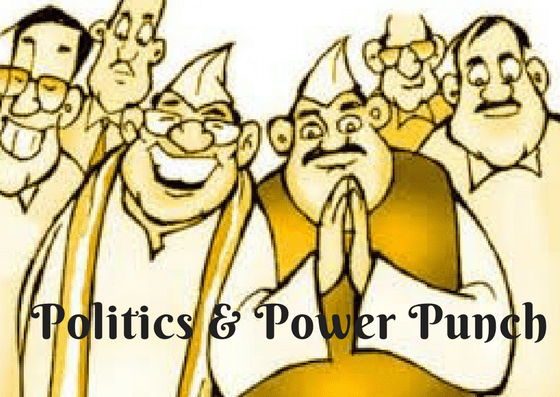
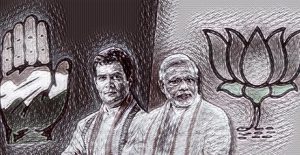


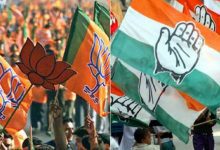

 By
By
 By
By

 By
By